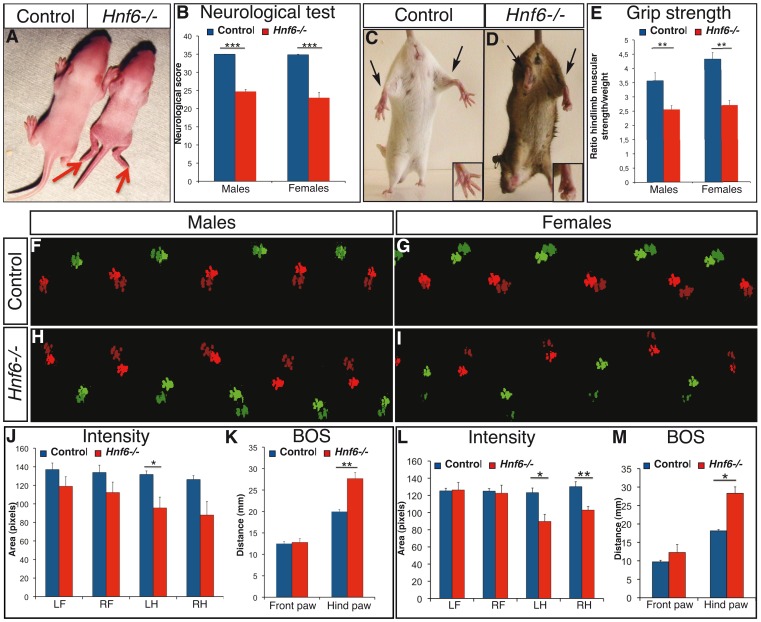Figure 1. Absence of HNF-6 results in abnormal locomotion.
A, Newborn Hnf6−/− mice (right) are smaller than their control littermates (left) and show paresis of the hindlimbs (arrows). B, Neurological score of male or female control (blue) or Hnf6−/− (red) mice. The score is reduced in both male and female Hnf6−/− mice (n≥7). C, D, Hnf6−/− mice (D) exhibit a feet-clasping posture of the hindlimbs upon tail suspension, both for the legs (arrows) and for the feet (inset). E, The hindlimb muscular strength of male and of female control (blue) or Hnf6−/− (red) mice normalized to the body weight is reduced in Hnf6−/− mice (n≥4). F–M , Catwalk analyses were performed for male (F,H,J,K) or female (G,I,L,M) control (F,G,J–M) or Hnf6−/− (H,I,J–M) mice. Locomotion alterations characterized by reduced overlap of fore paw (light colors) and of hind paw (dark colors) prints, reduced area of hind paw contacts, variability in the distance between the left (green) and the right (red) prints and less linear displacement, are observed in Hnf6−/− mice. Quantifications indicate that the intensity of the hind paw contacts is reduced (J,L) while the hindlimb base of support (the distance between the left and right hind paws) is increased (K,M). In contrast, these parameters are not affected for the forelimbs (n≥4 in each group). BOS: base of support; LF: left front; LH: left hind; RF: right front; RH: right hind. Student’s t-test; * = p<0.05; ** = p<0.01; *** = p<0.001.

